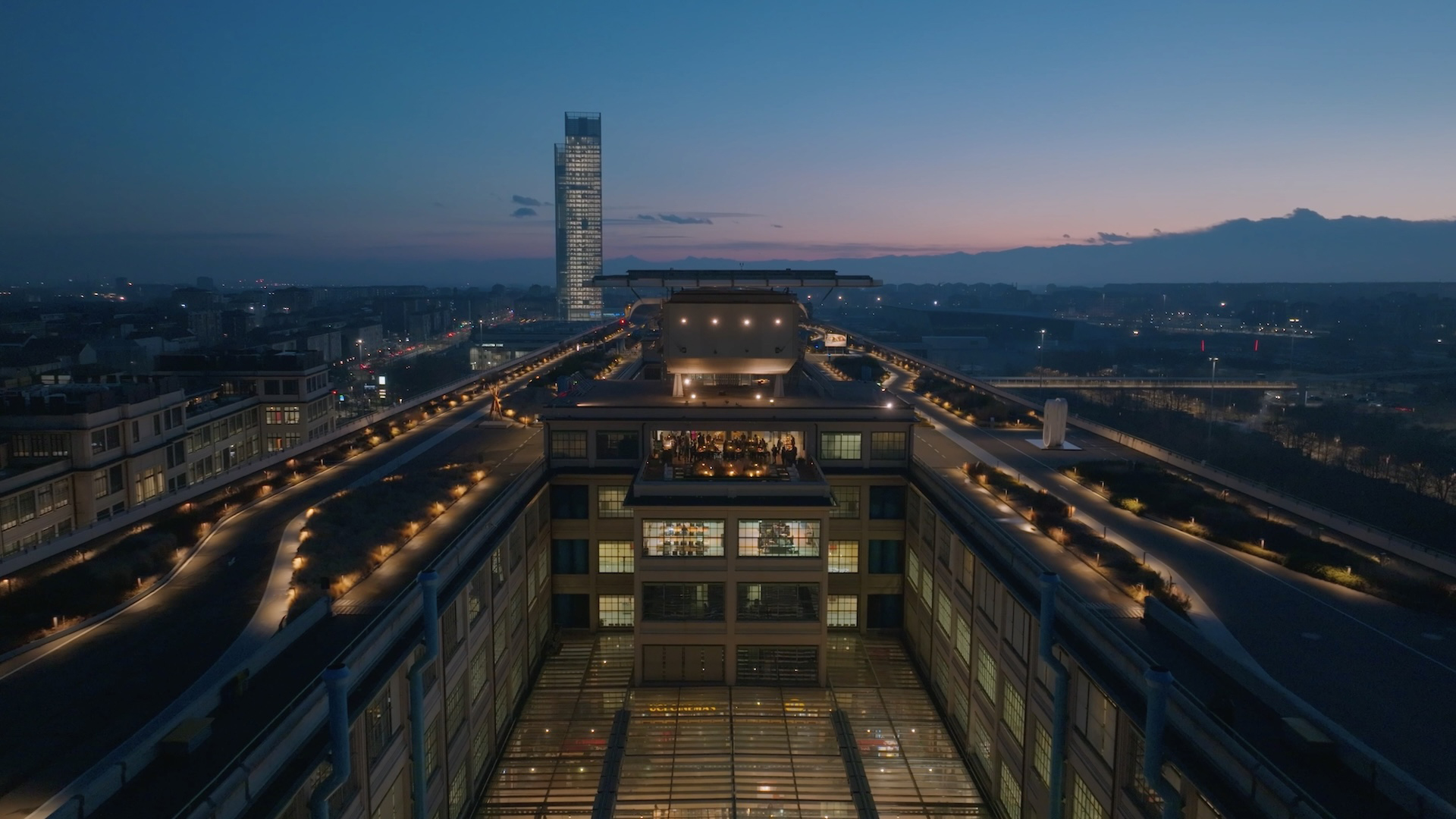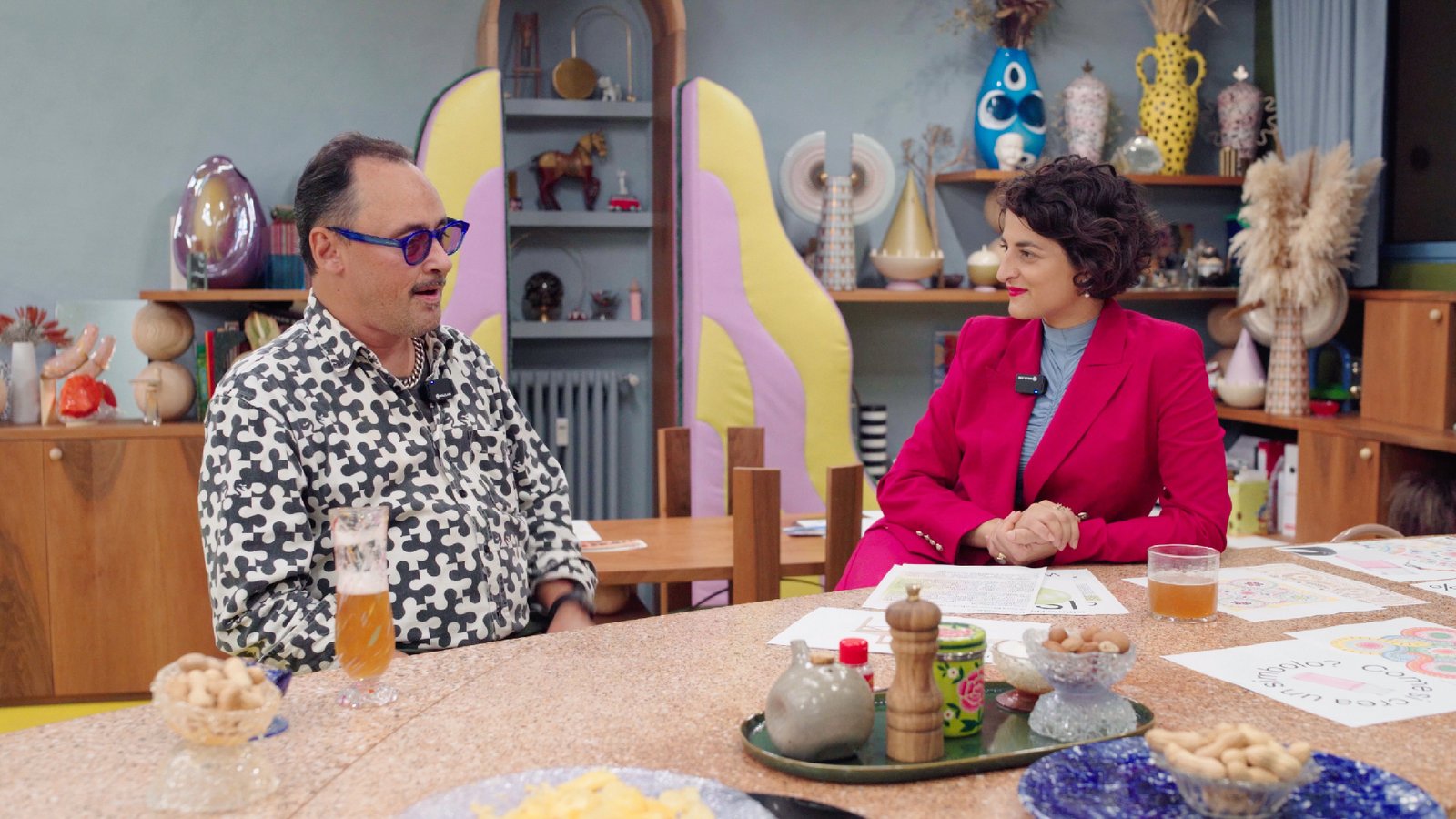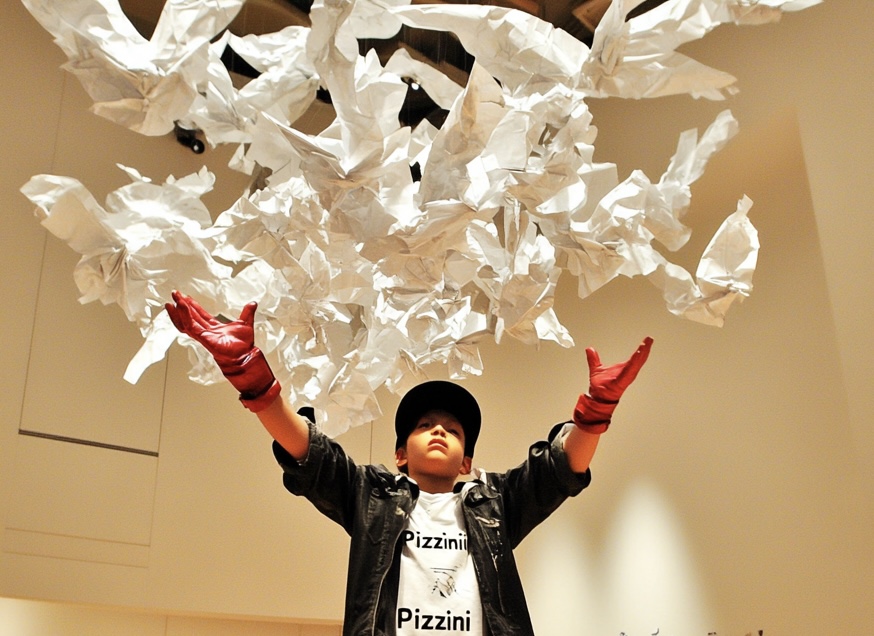
NOTES FOR A GUERRILLA
Luca Rossi's new theory: why artists must launch a 'Guerrilla' to reclaim the means of production
What follows is perhaps the most thought-provoking idea you’ll encounter today—one that could leave a lasting mark on art history. Borrowing from the article in which Germano Celant theorized the Arte Povera, we might also call this piece "Notes for a Guerrilla." This is a POLITICAL issue. Contemporary art has the potential to be both a training ground and a laboratory—where we refine our ability to see, to perceive, to rethink values and needs, and ultimately, to make different choices, from our private lives to the public sphere. Since the 1990s, art criticism and meaningful debate have all but disappeared, stripping contemporary art of the essential drive for Research and Development and the pursuit of Quality. The art critic has morphed into a curator, a career manager. Everyone is compelled to maintain good relations with everyone else, fueling an ever-dominant and self-sustaining market. Without critical discourse or value hierarchies, the artworks we see at fairs, exhibitions, and biennials are constructed from a material made up of "PLACES" and "PUBLIC RELATIONS."
 Pizzini," an action by Luca Rossi at the MAMbo Museum in Bologna, 2025.
Pizzini," an action by Luca Rossi at the MAMbo Museum in Bologna, 2025.
In other words, an artwork exists only when it is displayed in the right spaces and endorsed by the right people. This happens because no one discusses an artwork’s strengths and weaknesses—or, more importantly, its true value in our lives. In the absence of this fundamental critical evaluation, the only things left to sustain an artwork’s worth are places and public relations. These become the sole forces determining whether an artwork truly exists. With art fairs dominating the system, an artist’s work only appears within them because of the gallery (the place) and the gallerist—who, in turn, may be supported by the curator (relations). According to Marxist theory, the means of production (in this case, places and public relations) are NO LONGER in the hands of artists—just as the proletariat once had no control over production and was forced to sell its labor to the bourgeoisie (the art system) to survive.
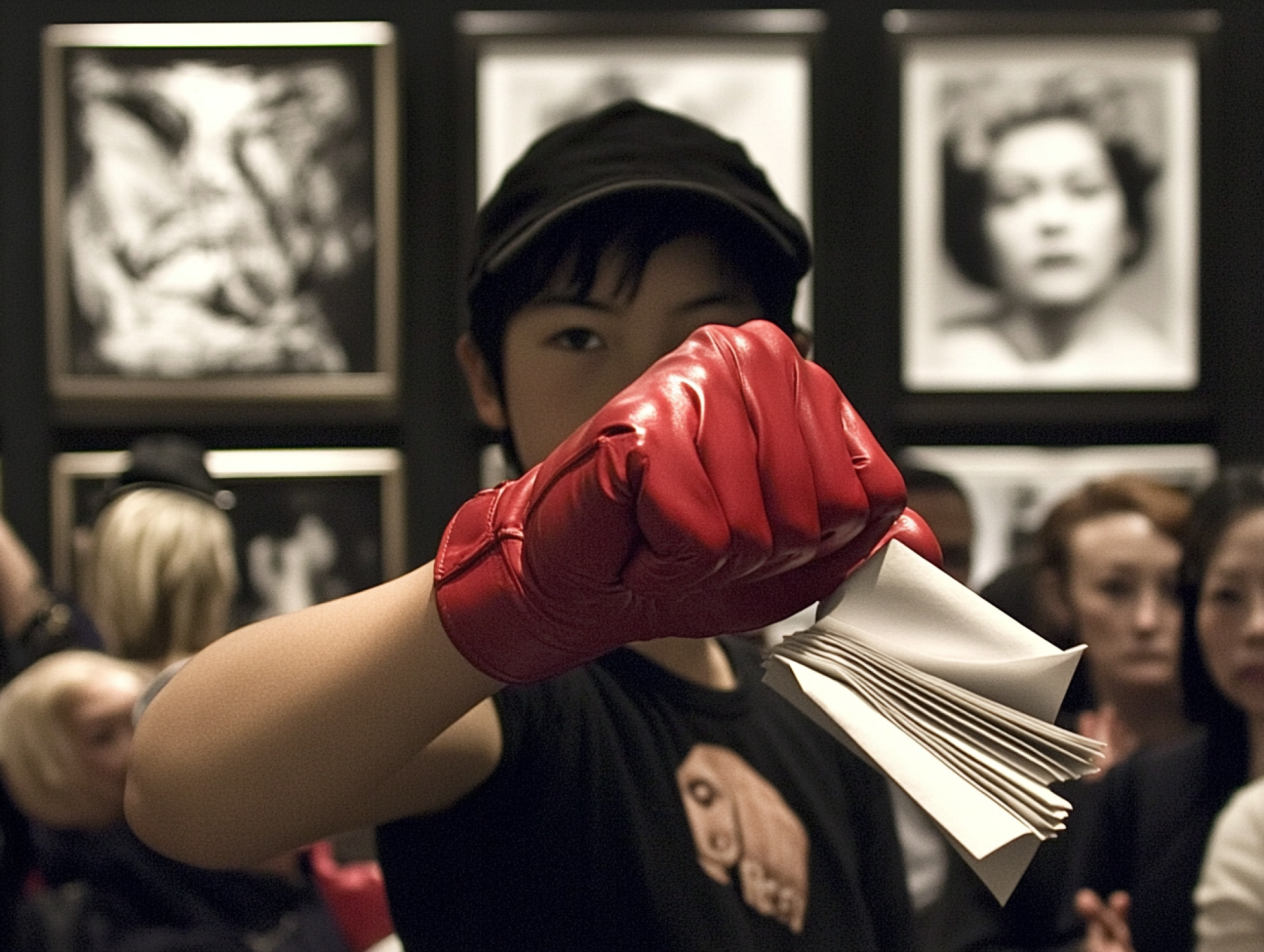 Pizzini," an action by Luca Rossi at the MAMbo Museum in Bologna, 2025.
Pizzini," an action by Luca Rossi at the MAMbo Museum in Bologna, 2025.
Artists fail to see that the only way to truly live—not just scrape by—is to wield the sharp scalpel of art criticism against themselves. Only critique, along with a widespread critical awareness, can counter the overpowering rule of places and public relations. These elements would, of course, continue to exist—but in a balanced and healthy way, rather than dominating the system as they have for years. It’s crucial to understand that when artists lose control over the means of production, they become alienated. The alienated artist—detached from the product of their own work—is reduced to a mere cog in the machine. The dictatorship of places and public relations renders quality UNNECESSARY. This explains why, when walking through fairs, exhibitions, and biennials, we often feel a sense of boredom and dissatisfaction—because these works fail to resonate with the complexity, unpredictability, and pulse of contemporary life.
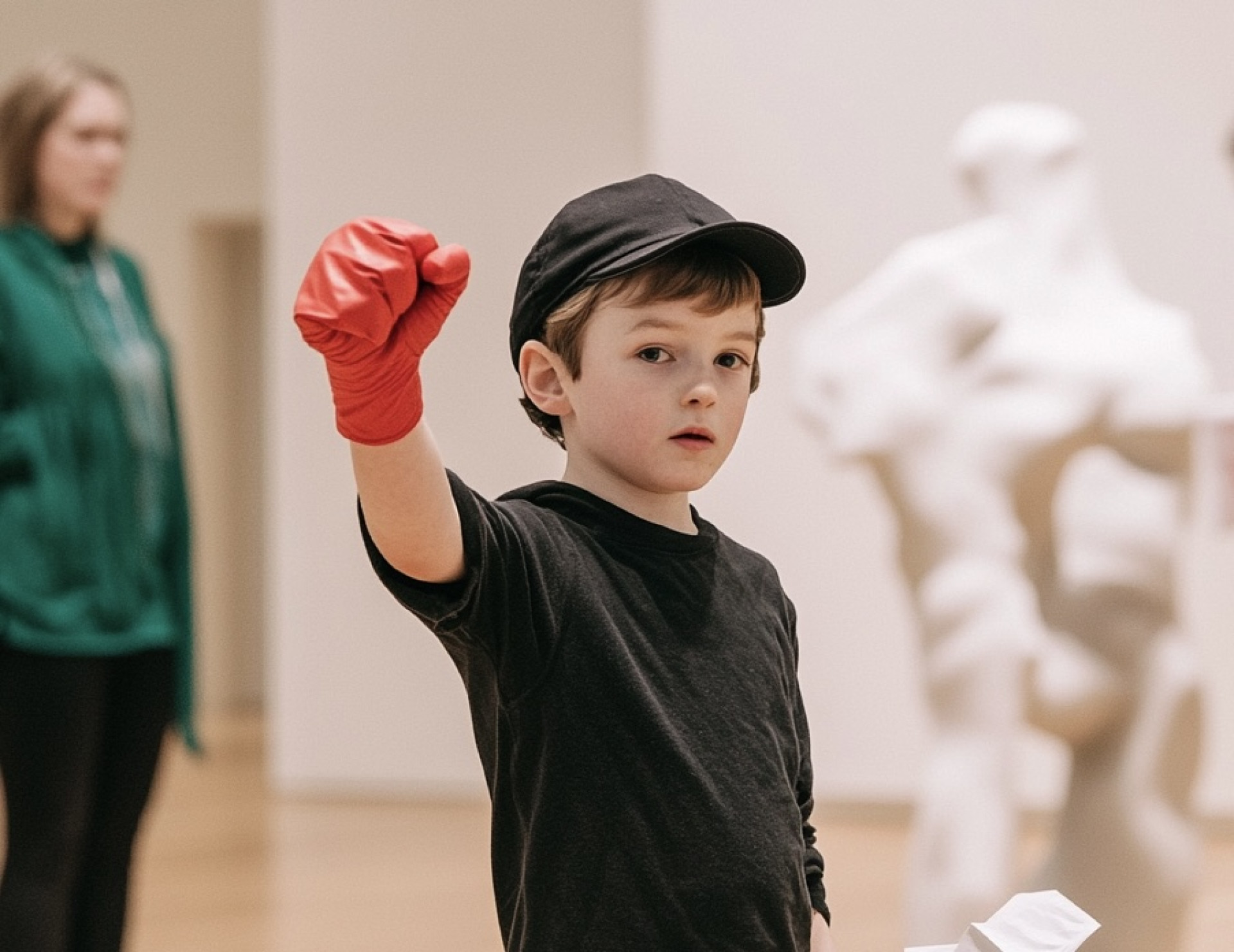 Pizzini," an action by Luca Rossi at the MAMbo Museum in Bologna, 2025.
Pizzini," an action by Luca Rossi at the MAMbo Museum in Bologna, 2025.
This is why quality in contemporary art is dying. The market increasingly leans on modern artists or, at best, those who shaped their practice in the 1980s and 1990s. This is why artists must launch a "new guerrilla"—a nonviolent movement—to reclaim the means of production and restore artworks to their rightful central role.
Cover image: Pizzini," an action by Luca Rossi at the MAMbo Museum in Bologna, 2025.
“Luca Rossi” has been described by Fabio Cavallucci as the most interesting artistic personality in Italy, the ‘art world's pain in the ass’ (Nicolas Ballario) and the ‘new Vanessa Beecroft’ (Giacinto Di Pietrantonio). Since 2009, “Luca Rossi,” an open collective, blogger, critic, curator, artist, and controversial figure in the art system, has been trying to stimulate more critical discussion on a daily basis in the field of contemporary art as a subject that could play a fundamental role in our present. From his own critical reflections, very popular in the art world, has descended unconventional artistic planning, popularization and training projects with the creation in 2016 of the “Luca Rossi Art Academy & Coaching.” Some “critical nodes” developed over the years by Luca Rossi (“Evolved Ikea,” “Young Indiana Jones Syndrome” and “Grandparents Parents Foundation,” etc.) have entered the language of Italian art and changed the perspective and vision of many practitioners and others. In 2014, famous art critic Angela Vettese said that since reading Luca Rossi's texts, she has decided to no longer devote herself to art practice but only to theory.


